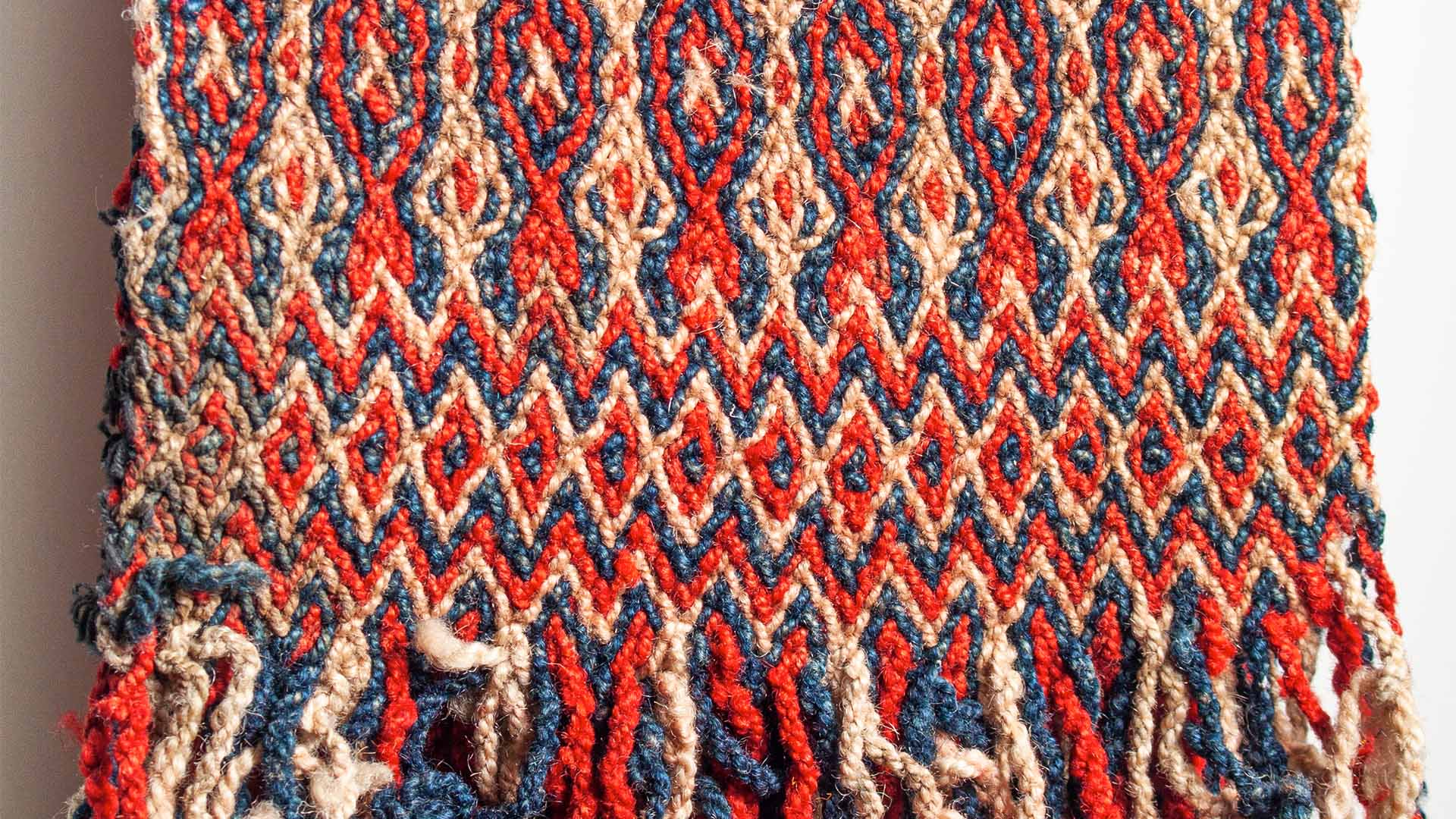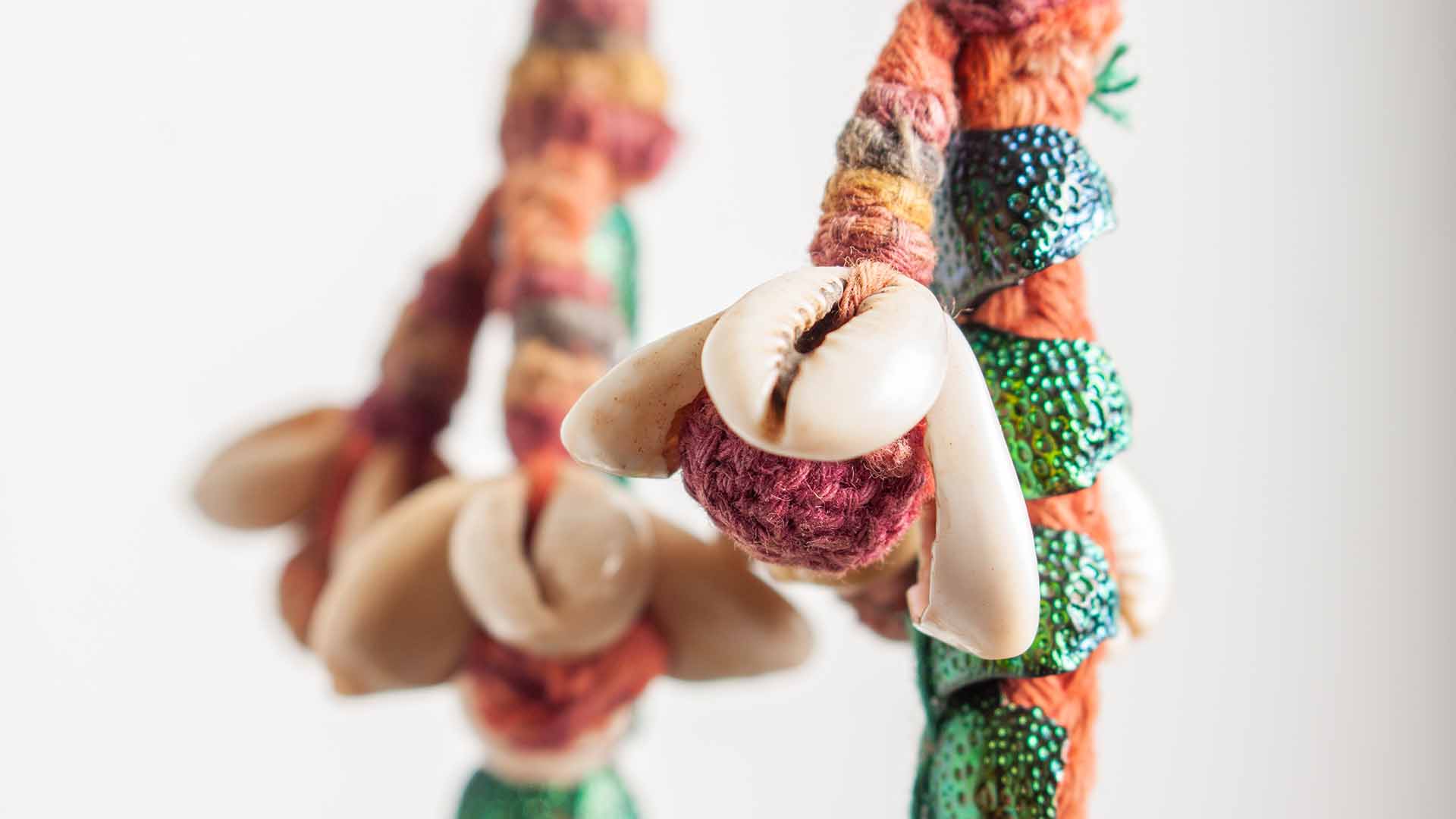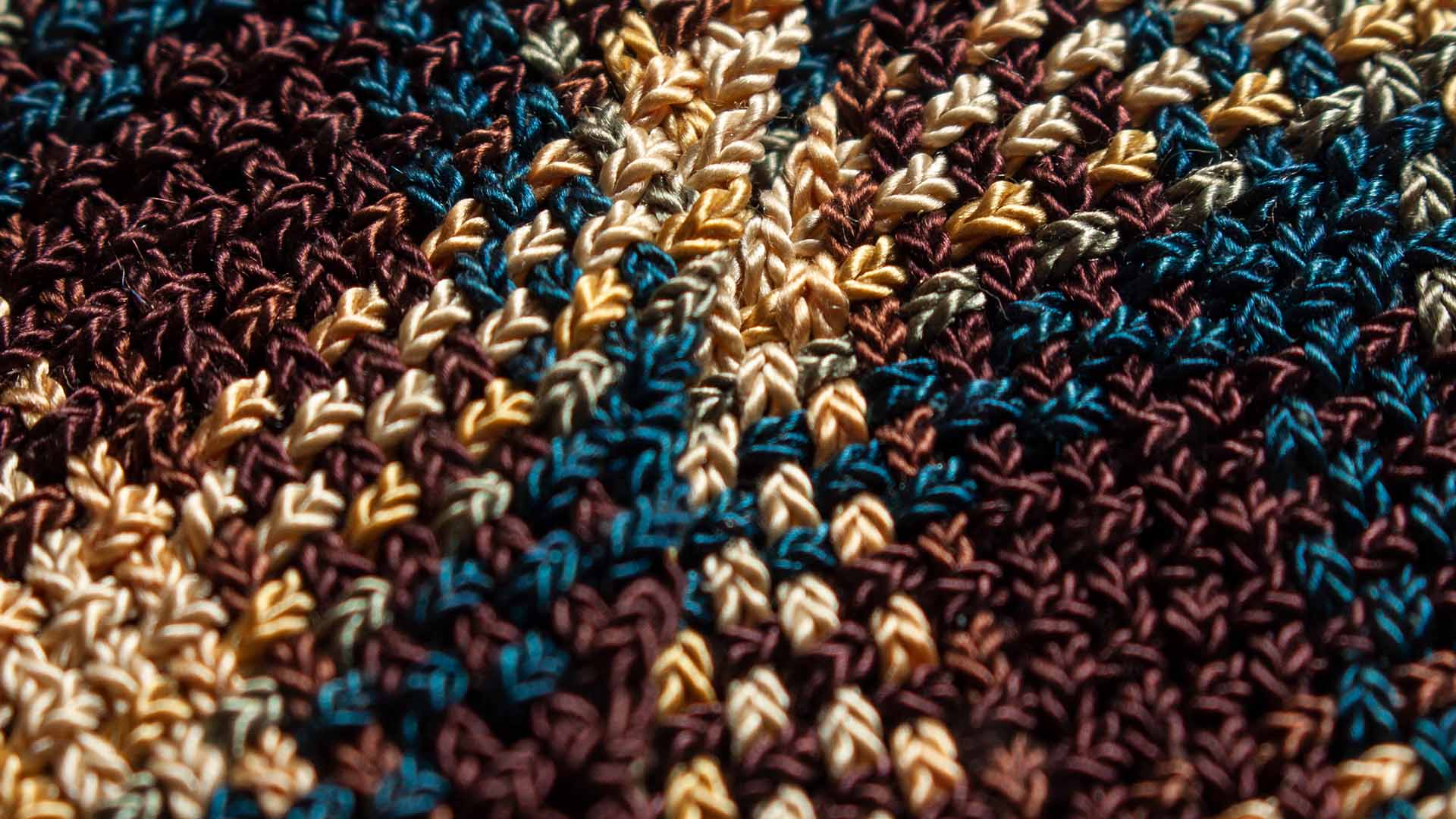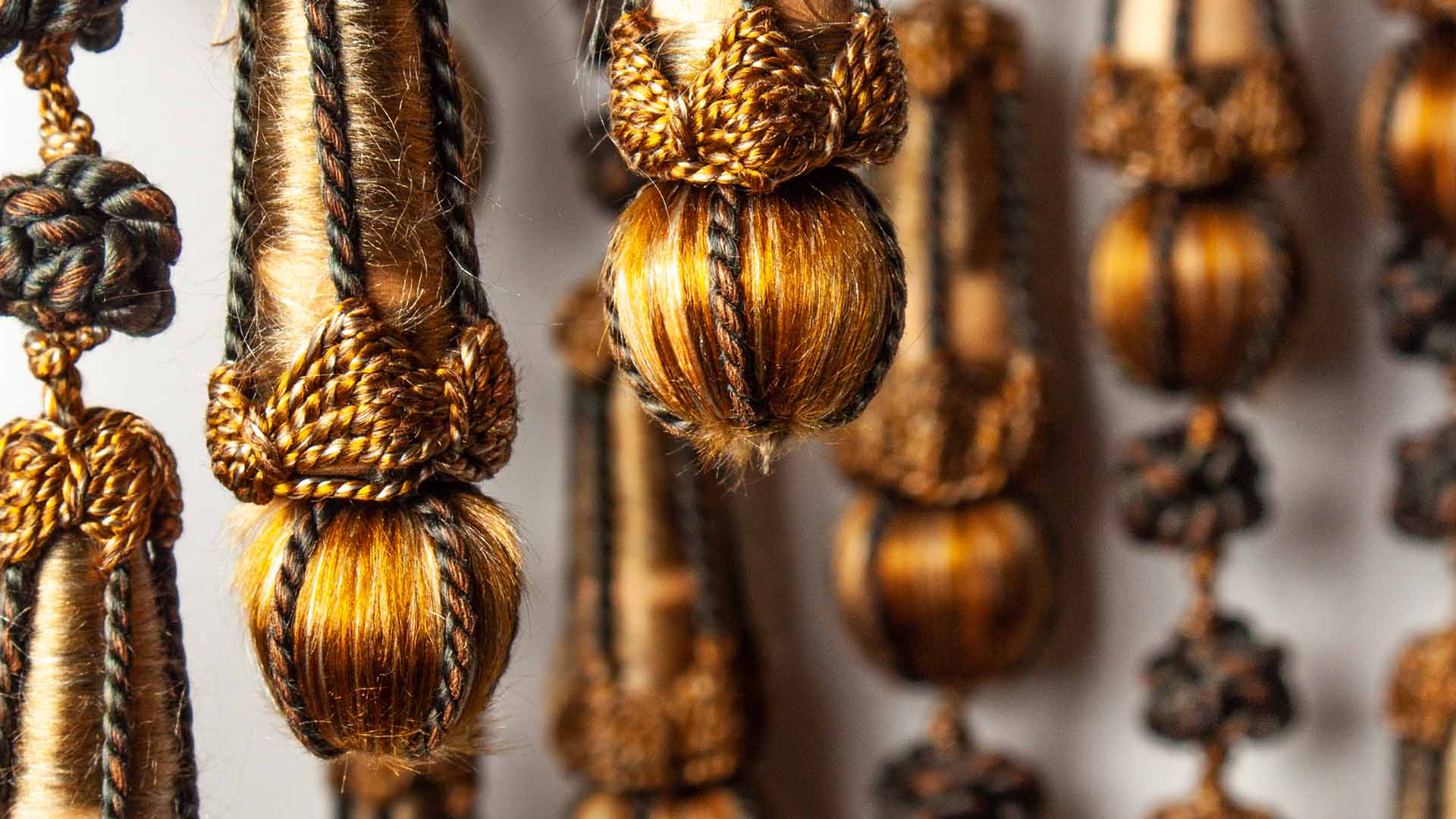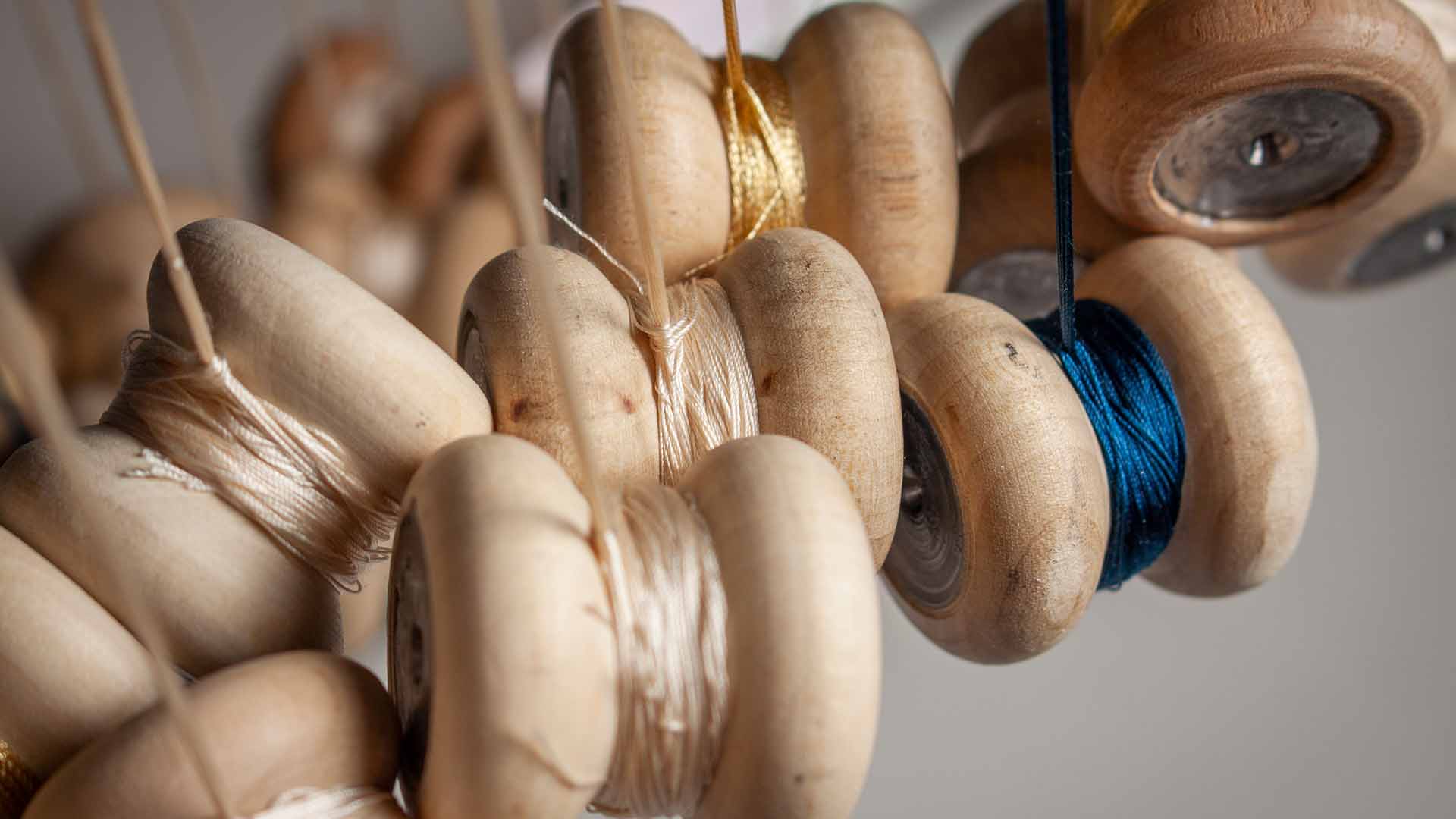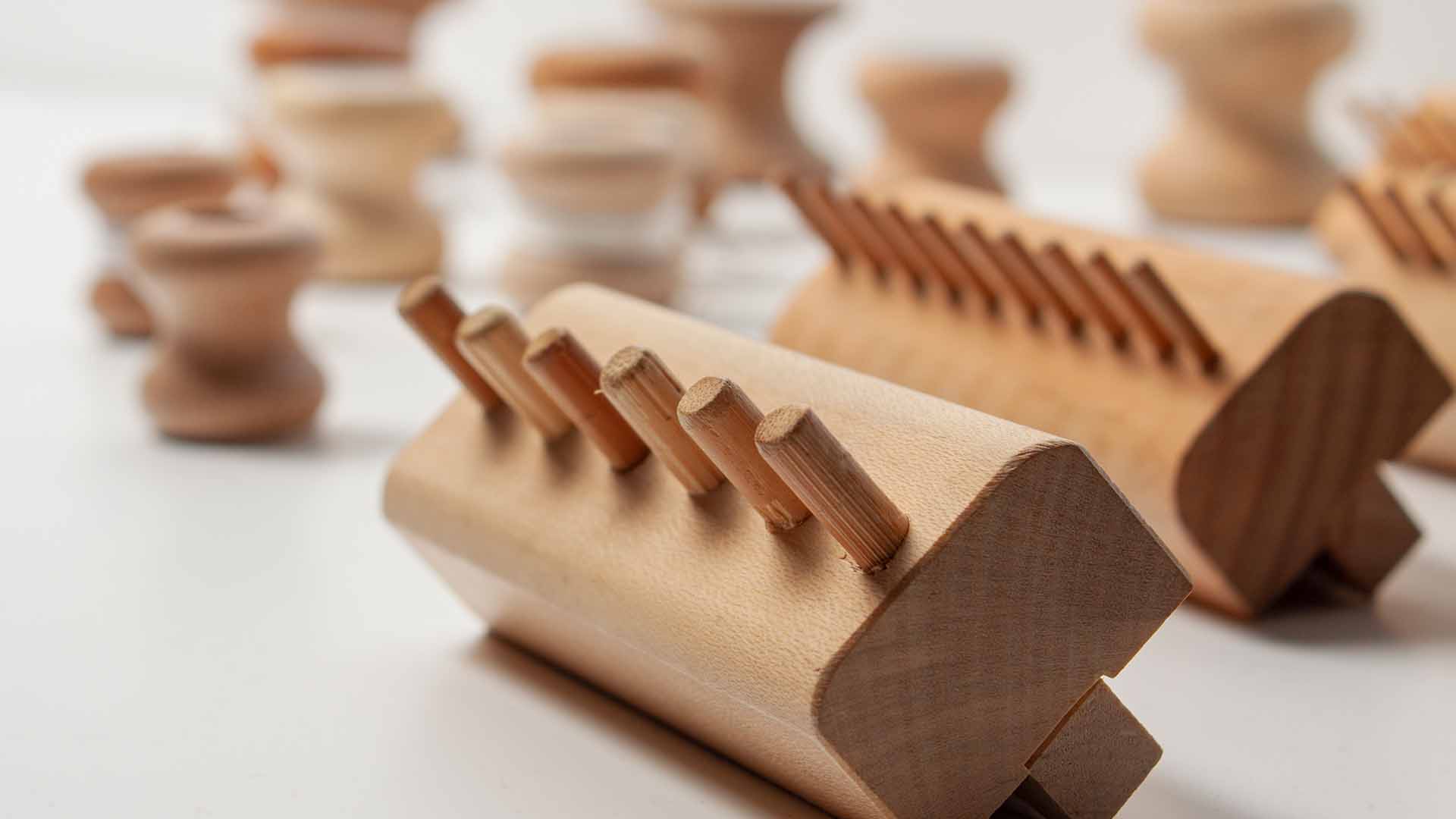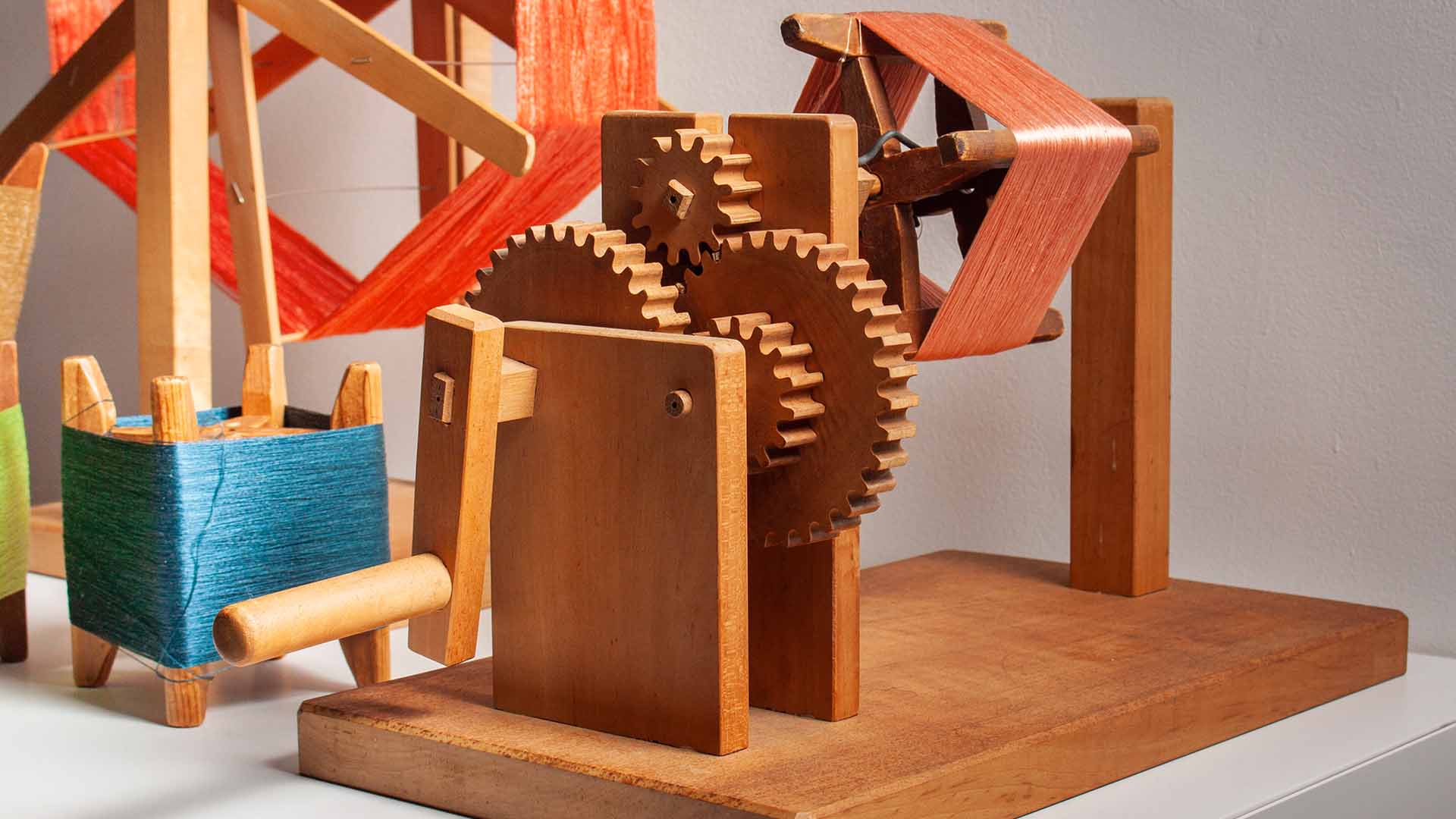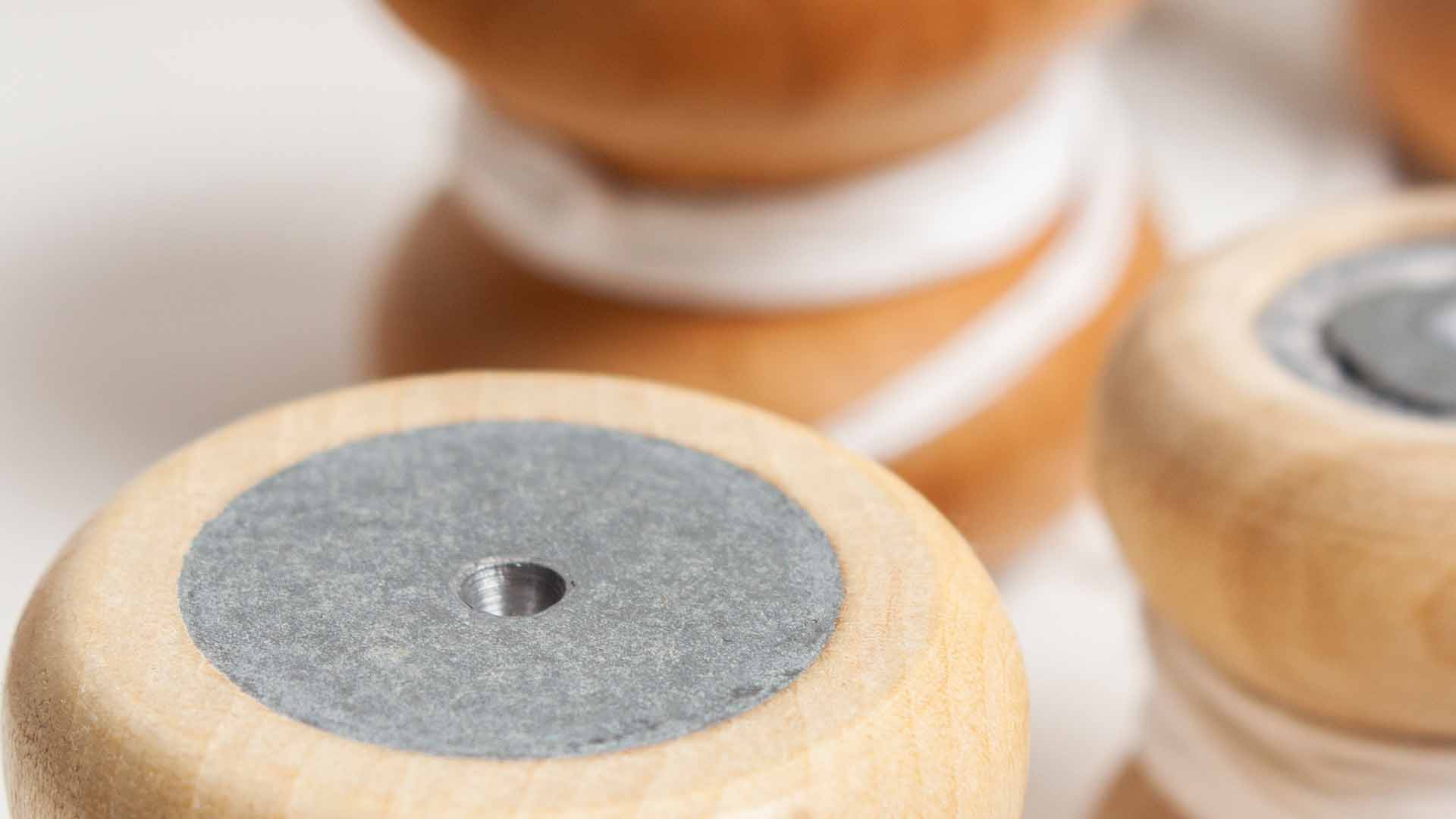- Date
May 24 to October 23, 2022
- Tuesday to Friday
10 am - 6 pm
- Saturdays
9 am - 7 pm
- Sundays and holidays
9 am - 6 pm
- Fee
Free
- For early booking (optional)
Visit the exhibition with the virtual tour 360º
Kumihimo – The art of Japanese silk braiding, by Domyo
From May 24 to October 23, Japan House São Paulo presents the free exhibition Kumihimo - the art of Japanese silk braiding, by Domyo. In Brazil for the first time, the exhibition is presented by Domyo, a traditional Tokyo-based family-owned business, which for over ten generations has been handcrafting silk cords, handmade by artisans who work exclusively for the company.
At the exhibition, visitors will get to know the historical evolution of kumihimo in Japan, they will understand how the braids are made, and explore future possibilities for its use, all this by means of three big installations, more than 30 reproductions of historical pieces of kumihimo, tools used by artisans, and videos with accessibility features. The exhibition is part of Japan House’s global roaming project. It has visited Los Angeles, now it is in São Paulo and, later, it will go on to London.
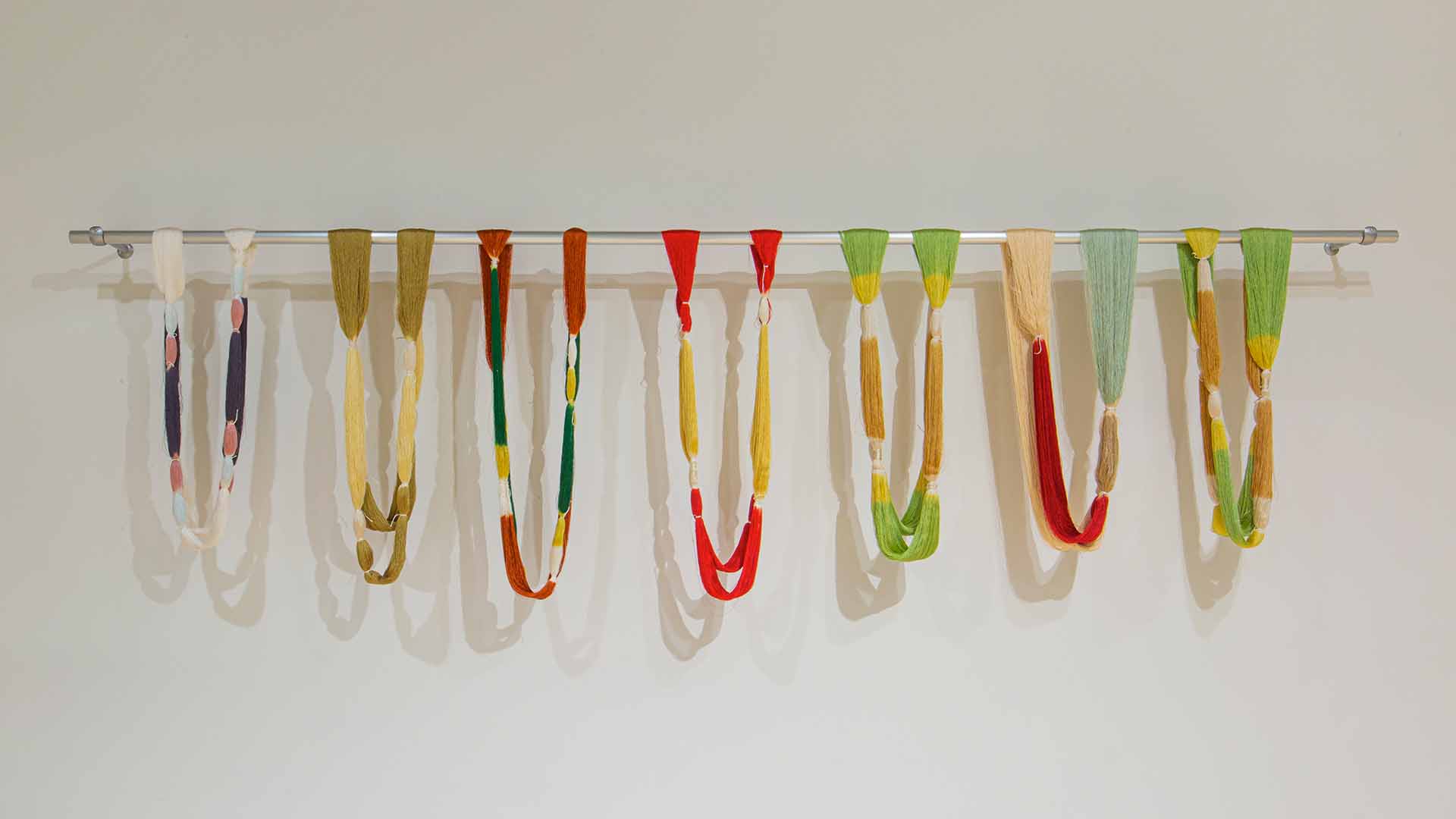
Braided cords
Kumihimo roughly translates into English as “braided cord”. The term is used to refer to lashings of three or more bundles of silk threads, forming strands based on the regular, uniform diagonal overlapping of these threads. The outcome may be simple, three-bundle braids (known as “French braids”), or more complex ones, sometimes with more than 140 bundles of threads.
Kumihimo has been used in Japan over the centuries for various purposes, such as accessories for clothing and ornaments for weapons and armor, and it has undergone a unique evolution. One of the types the Japanese know best is the braid used in obijime – the narrow belt that is tied over the belt of a traditional kimono.
History, Structure, and Future of Kumihimo
Divided into three moments - History, Structure, and Future -, the exhibition occupies the entire second floor of Japan House São Paulo, including a new 100-square-meter room that will be incorporated into this floor from this exhibition.
In the historical part, the focus is on the origins and evolution of the technique over the centuries. Meanwhile, the stands used to produce the cords, the marudai (used to make square cords) and takadai (a high stand that allows for the making of flat braids), are presented to visitors in the Structure section, which also features the tools used in yarn dyeing and preparation and in cord production processes. Finally, visitors can check out the latest braiding structures developed by Domyo, as well as pieces created in collaboration with specialists from areas such as the textile industry and mathematical sciences, which present possibilities for future applications of the technique.
Resistance and Elasticity of Kumihimo
Kumihimo stands out both for its strength and elasticity, factors determined by the braiding and lashing methods that are used, in addition to variations in fiber angle orientation, which is why you can find carbon tube structures similar to kumihimo in a range of industrial applications, from golf clubs and aircraft to orthopedic prostheses.
A model based on geometric topology was created in partnership with the University of Tokyo’s Tachi Lab. exclusively for this exhibition. The model presented is the outcome of the activity of this laboratory, where researchers create usable structures and cellular materials with unique properties based on the geometry of the origami, in systems with joints and in differential geometry, among others. Through this work, they seek to understand the nature of form and function, through observation and the creation of various phenomena. Through this collaboration, the potential offered by kumihimo will be mathematically expanded in order to create graphic patterns, three-dimensional structures, and functional systems.
The Evolution of Braided Art
Pottery dating from the early Jōmon period (between 5,000 and 6,000 years ago) already featured decorative patterns of a primitive form of kumihimo in print, but kumihimo advanced most in Japan from the Asuka period (592-710). Its tradition permeates everything from ornaments for weapons and armor, kimonos, and ceremonial garments, to decorative elements for shrines and other religious objects, in addition to being present in the performing arts. Today, the technique has also been incorporated into contemporary fashion, such as in the creations of the Japanese stylist Akira Hasegawa (1989).
“I work to convey, today, emotions from a hundred years ago. I am moved by the structural beauty and the cozy feeling of ancient clothes”, remarks Hasegawa.
Age-old Tradition Present in Today’s Japan
“To us it is particularly important to be able to put the Brazilian audience into contact with this significant cultural asset of Japan and to present the experience and knowledge the Domyo company has acquired since 1652. Exhibitions like this one reinforce Japan House São Paulo’s mission to showcase modern-day Japan with practices that may be perpetuated for centuries. And they reiterate our approach, which is also based on symbolic braids”, notes Japan House São Paulo’s Cultural Director Natasha Barzaghi Geenen.
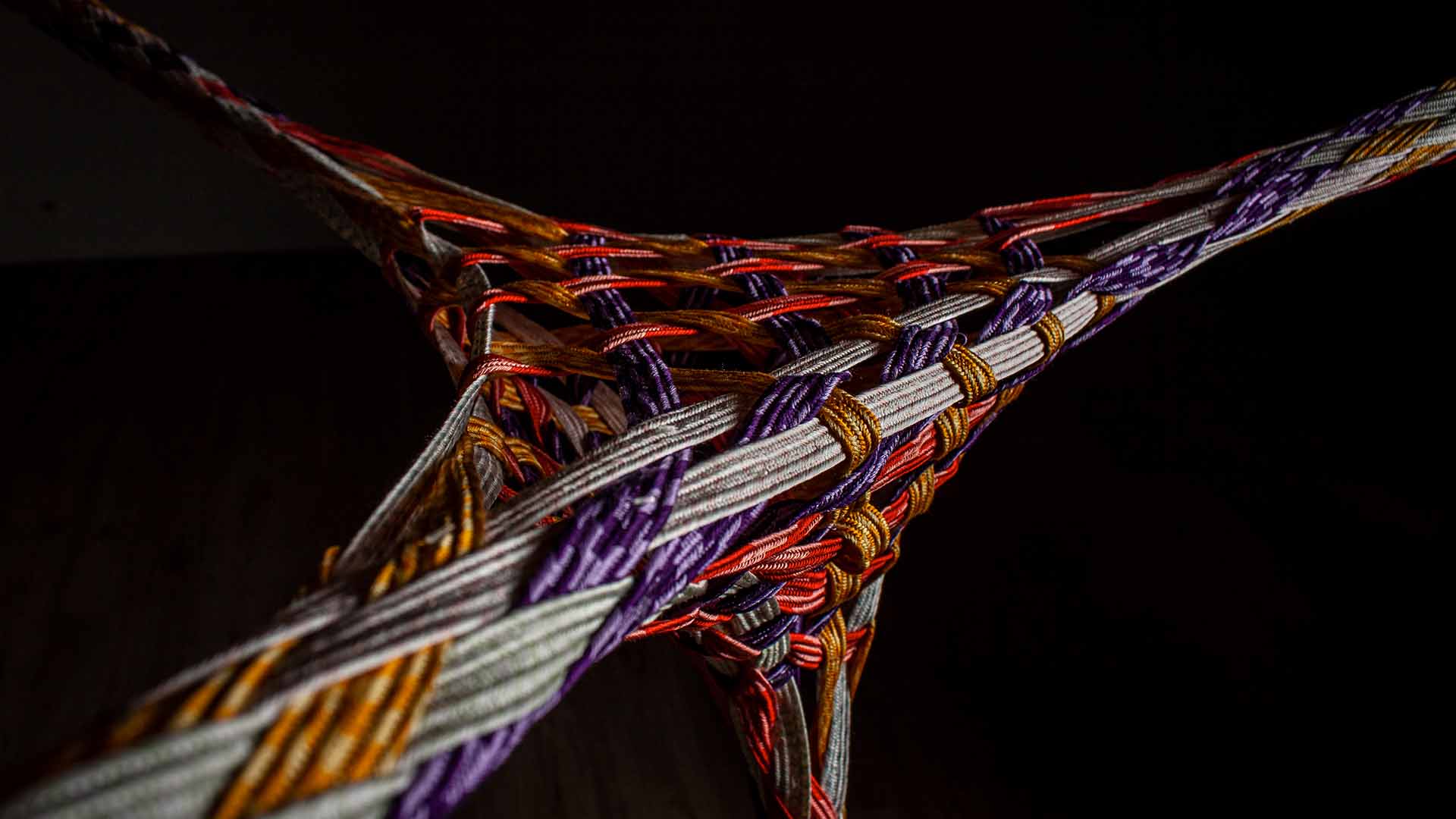
Accessible JHSP
Within the Accessible JHSP program, the exhibition Kumihimo - The art of Japanese silk braiding, by Domyo also has audio description resources, sign language, and a bench with tactile elements.
About Domyo
Yusoku Kumihimo Domyo was founded in 1652 in the city of Edo (Modern Era Tokyo), and to this day maintains a store in the Ikenohata region of the Ueno district.
During the Edo period, Domyo sold cords made mainly for sword scabbards and hilts. From the Meiji period (1868-1912), it started selling obijime to be tied over kimono belts, as well as haorihimo, a cord used to tie the front of the haori, a kind of formal jacket that is worn with a kimono and is open at the front.
To this day, all of the house’s products are hand-dyed and braided by artisans who work exclusively for Domyo. Another important aspect of the institution’s work is the research, restoration, and reproduction of historic kumihimo commissioned by both the Shōsōin Treasure House Office of the Imperial Household Agency and various temples, shrines, and museums across Japan. Such activities have produced a rich variety of techniques and knowledge that are useful for academic research, preservation, dissemination, and the progress of this technology.
--
Service:
Exhibition Kumihimo – The art of Japanese silk braiding, by Domyo
Organized by: Yusoku Kumihimo Domyo (Kiichiro Domyo), Mari Hashimoto
#KumihimoNaJHSP #DomyoNaJHSP
Period: May 24 to October 23, 2022
Cost: free admission
The exhibition has accessibility features.
Advance online reservations are optional, but recommended: https://agendamento.japanhousesp.com.br/
Japan House São Paulo | Second floor
Address: Avenida Paulista, 52 – Bela Vista, São Paulo
Opening hours:
Tuesday to Friday, 10 am to 6 pm
Saturdays, 9 am to 7 pm
Sundays, and banking holidays, 9 am to 6 pm
Japan House São Paulo remains closed on Mondays, without exception, including on holidays.


